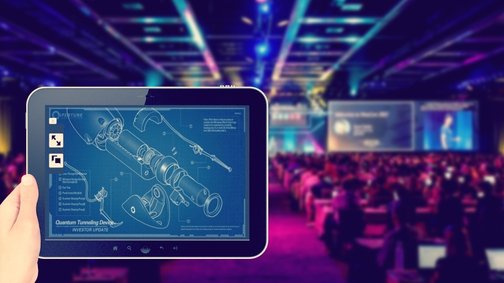michof_d219
Member
Hi, all —
Setting up a theatrical video assist here at the school. Planning to hide a PTZ cam in the orchestra pit, aimed at the conductor, so cast backstage and in the green room can watch for cues. We have far more ChromeBooks available to us than Windows or Mac devices for placement backstage, but AFAIK there's no equivalent to the NDI Monitor program for ChromeBooks... or is there?
Thanks in advance for any info on a quick fix for this. I got the call over the weekend that the director wants this first thing Monday morning (today).
— Mike
Setting up a theatrical video assist here at the school. Planning to hide a PTZ cam in the orchestra pit, aimed at the conductor, so cast backstage and in the green room can watch for cues. We have far more ChromeBooks available to us than Windows or Mac devices for placement backstage, but AFAIK there's no equivalent to the NDI Monitor program for ChromeBooks... or is there?
Thanks in advance for any info on a quick fix for this. I got the call over the weekend that the director wants this first thing Monday morning (today).
— Mike

